Building flavor with aji amarillo paste
45 min read Unlock Peruvian depth with aji amarillo paste—learn its flavor profile, smart substitutions, and techniques for building balanced heat in sauces, marinades, and everyday dishes. October 14, 2025 09:07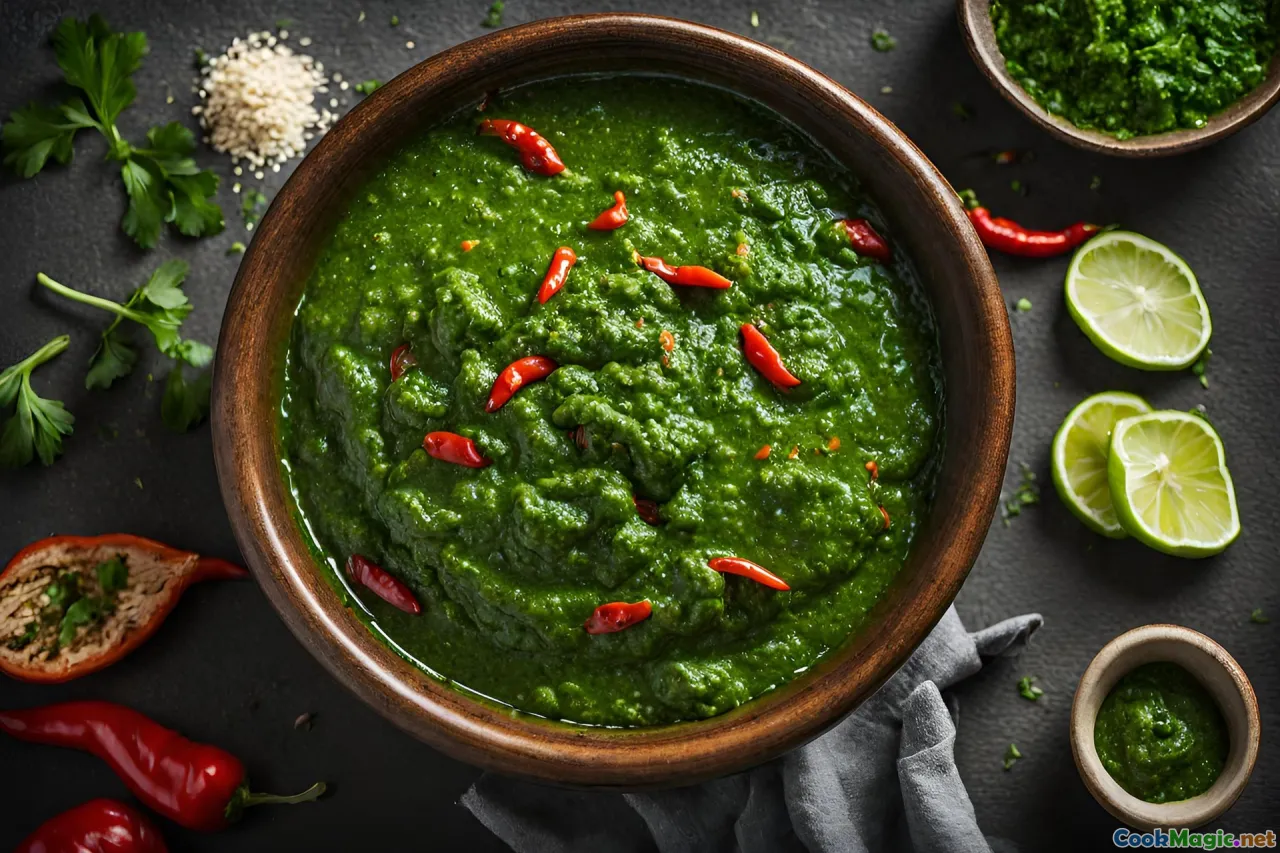
There is a particular yellow that tastes like sun. It glows from the bottom of a pot as onions surrender their bite, lifts a ceviche from simply bright to neon, and dyes even the humblest potato the color of a Lima afternoon. That yellow belongs to aji amarillo, and the quickest way to harness it is with a spoonful of its paste. Once it is in your pantry, flavor stops being an accident and becomes something you build, deliberately, in layers that smell like toasted garlic, ripening stone fruit, and sea breeze.
The sunlit heart of Peruvian flavor

In Peru, aji amarillo is not a supporting actor. It is the character who walks in wearing a radiant jacket and somehow makes everyone else more themselves. The pepper sits in the Capsicum baccatum family, and if you trace its history backward, you find it in Andean valleys long before the Spanish brought onions and citrus and cattle. In pre-Columbian kitchens, its heat warmed stews at altitude; after conquest, its personality met Old World dairy and grains and became sauces like huancaína and dishes like aji de gallina.
It is often called the Peruvian yellow chile, but that description misses its perfume. Ripe aji amarillo smells like an apricot that fell onto a warm rock. Sliced raw, the flesh is firm, almost crunchy, with a high, floral pitch that makes your nose rise the way it does when you peel an orange. Its heat lives in the ribs and pith, but unlike habanero’s sting, the burn feels linear and patient. The color comes from carotenoids that tint everything they touch a sunny gold, and once you have paste, you can paint flavor onto foods the way you smear color on canvas.
A market morning in Lima

The first time I understood the gravity of aji amarillo, I was walking through Mercado de Surquillo No. 1 on a Saturday when humidity made even the tiles sweat. The fishmongers shouted at the same pitch as parakeets; juice vendors sliced mangoes in swirls; a woman weighed potatoes like an accountant. A crate of yellow peppers stopped me from walking. They were glossy, each about the length of my palm, tapered like little canoes. A vendor split one open with her thumbnail and pushed it under my nose: grass, peach, sunlight. Then she laughed and fanned her face, warning me of the heat.
Later that day I ate tiradito a la crema de aji amarillo at a small spot in Miraflores. Thin slices of fluke melted into a lagoon of saffron-yellow sauce. The server set down a chilled spoon, and the first bite delivered acid like a cymbal, then a slow-building warmth that felt like a sunbeam moving up the arm. It was not just hot; it was optimistic. I wrote in my notebook: this is not only a flavor; this is a mood.
What aji amarillo tastes like

Cooks sometimes ask if aji amarillo is like jalapeño or habanero. It is like neither. On the Scoville scale, aji amarillo usually lands around 30,000 to 50,000 SHU, which puts it near serrano in heat but with a different aroma profile.
Tasting notes, raw:
- Fruit: underripe mango, apricot skin, a hint of passionfruit without overt sweetness.
- Floral: gentle, like broom flower after rain.
- Green: a little bell pepper stem, an herbal top note.
- Heat: clean and steady, the kind that lets you speak in full sentences.
Tasting notes, as paste bloomed in oil:
- Warmth: the fruitiness deepens into something like roasted peach.
- Savory: onion and garlic latch onto it, and the pepper starts to taste round, almost buttery.
- Color: the oil turns marigold, and your kitchen smells like someone cracked open a sun-warmed orange.
One of the miracles of paste is that it calms the raw pepper’s assertiveness while concentrating its character. The paste format also lets you control the build: a quarter teaspoon is a whisper; a tablespoon is a brass band. Paste is not a compromise; it is a tool.
Paste vs fresh vs dried: which to use when

You will encounter aji amarillo in three main forms:
- Fresh peppers: Crisp, juicy, perfumed. Best for fine slicing into ceviche or for grilling and puréeing into sauces when you want higher floral notes.
- Paste: The workhorse. It delivers consistent color and flavor, plays well with fat, and has reliable heat. Think aderezos, huancaína, marinades, and table sauces.
- Dried, often labeled aji mirasol: Sun-dried or dehydrated peppers that taste more honeyed and raisin-like, with smoky sweetness. Great for long-cooked stews and braises; they blend into deeper, duskier sauces.
How I choose:
- For raw seafood: use fresh aji amarillo minced or a paste that you temper with lime and a little ice-cold fish stock for leche de tigre. If you have aji limo, you might blend the two.
- For cream and cheese sauces: paste is king; it emulsifies. Fresh can be too sharp, and dried can skew too sweet.
- For roasting and braising: dried aji mirasol blended back into life with hot stock creates a low-and-slow warmth with caramel edges.
- For quick weeknight cooking: paste, every time. It melts in seconds.
Brands to look for if you are not making your own: Doña Isabel, Inca’s Food, and Alacena make reliable jars. They are not identical; some will be saltier, others oilier. Taste each and adjust recipes to your brand’s personality.
How to make silky aji amarillo paste at home
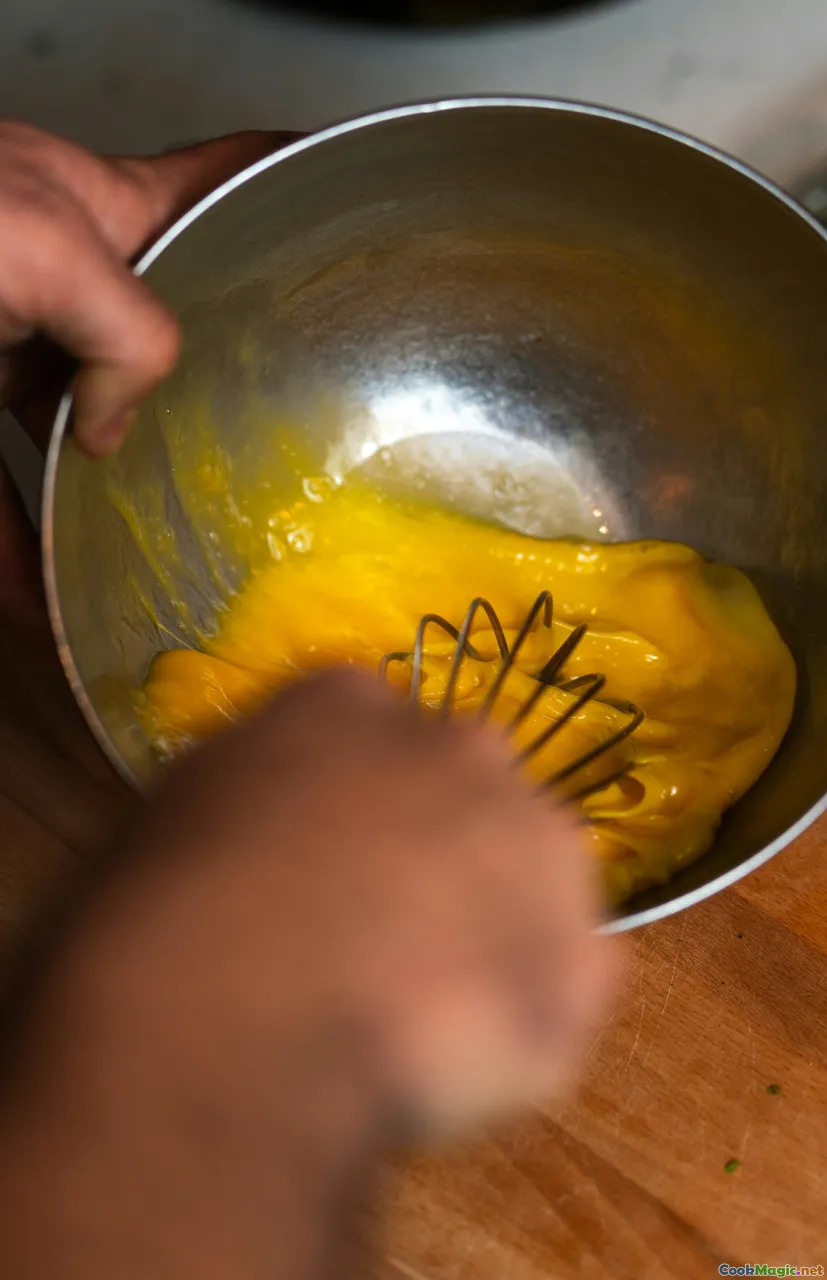
Homemade paste has a brightness jarred versions cannot always capture. If you can find fresh or frozen aji amarillo, you can create a paste in under an hour.
What you will need:
- 12 to 16 fresh aji amarillo peppers, or an equivalent weight of frozen whole peppers
- Neutral oil such as grapeseed or canola, 60 to 120 ml depending on desired texture
- Salt, about 1 teaspoon to start
- Optional acid: 1 to 2 teaspoons white vinegar or 1 tablespoon lime juice
- Optional aromatics: 1 small clove garlic, blanched; pinch of ground cumin
Method for a silky base paste:
- Prep the peppers. Wearing gloves, split each pepper lengthwise. Scrape out seeds and most of the white ribs for moderate heat. For more fire, leave some ribs. Rinse briefly to reduce stray seeds.
- Blanch and peel for velvet texture. Drop the halves into boiling water for 2 minutes, shock in ice water, and rub off the thin outer skin. This step is optional but greatly improves smoothness.
- Soften. Simmer skinned peppers in fresh water for 8 to 10 minutes until pliant. Drain well. Some cooks repeat the simmer with fresh water to dial down heat; I prefer to keep the second simmer short to preserve more fruitiness.
- Blend. Add peppers to a high-speed blender with 60 ml neutral oil and 1 teaspoon salt. Blend on high until completely smooth, scraping down sides. If the blender struggles, add another tablespoon of oil or a splash of warm water.
- Adjust. Taste. If you want more brightness, add vinegar or lime. For depth, whirl in a tiny pinch of cumin. For extra sheen, emulsify a little more oil.
- Store. Spoon into a clean jar, press plastic wrap directly on the surface to minimize air, cap, and refrigerate up to 2 weeks. For longer storage, freeze the paste in ice cube trays, then bag; paste cubes keep their soul for 3 months.
Roasted variation for smoky breadth:
- Halve peppers, remove seeds and ribs, toss with a whisper of oil, and roast cut side down at 220 C until blistered. Steam under a towel, peel, then blend with oil and salt. This yields a paste with roasted stone-fruit notes and a quieter green edge.
Dried pepper paste from aji mirasol:
- Toast dried pods lightly in a dry pan until fragrant. Soak in hot stock for 20 minutes. Blend with soaking liquid, a small knob of bread for body, oil, and salt. This is darker, autumnal paste that loves pork shoulder and lentils.
Building a Peruvian aderezo: layering flavor
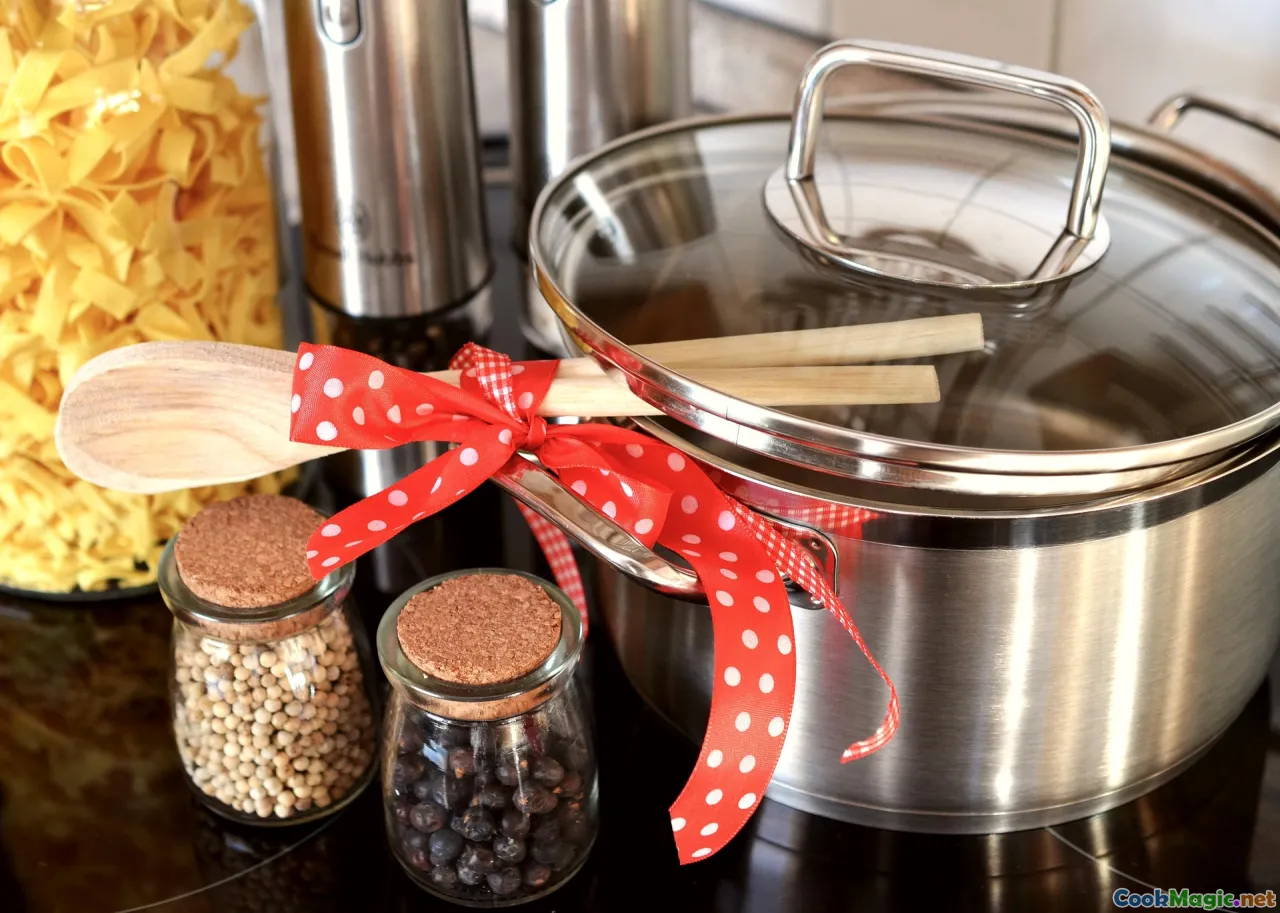
If paste is paint, aderezo is primer. In Peruvian cooking, aderezo is a foundational mash-up of onions, garlic, spices, and chiles cooked down until they lose their edges and become something new. It is not unlike a sofrito, but the texture goes silkier, and the fragrance leans toward cumin and black pepper.
Technique for a reliable aderezo, worthy of weeknight or feast:
- Heat a generous slick of oil in a wide pan over medium heat. Add finely diced red onion with a pinch of salt. Stir until it sweats, then lower the flame. Cook patiently 12 to 18 minutes until the onion turns translucent gold, then a hint of jammy at the edges. If it browns, fine, but avoid bitterness.
- Add minced garlic and cook 60 seconds until fragrant.
- Stir in 1 to 2 tablespoons aji amarillo paste. Bloom the paste in the hot oil for 2 to 3 minutes. The color will deepen; the aroma will lift.
- Season with ground cumin and black pepper, perhaps a touch of oregano. If you crave a smoky bass note, add a spoon of aji panca paste too.
- Deglaze with a splash of white wine, chicha de jora, or even a little chicken stock. Reduce to a glossy mass. This is your aderezo.
From here, you can build almost anything: fold in shredded chicken and soaked bread with evaporated milk for aji de gallina, or toss with cooked potatoes and green beans for a warm salad. The key is patience. Aderezo teaches you to wait until onions are sweet enough to sing before you add chorus members.
Five blueprints for using the paste right now
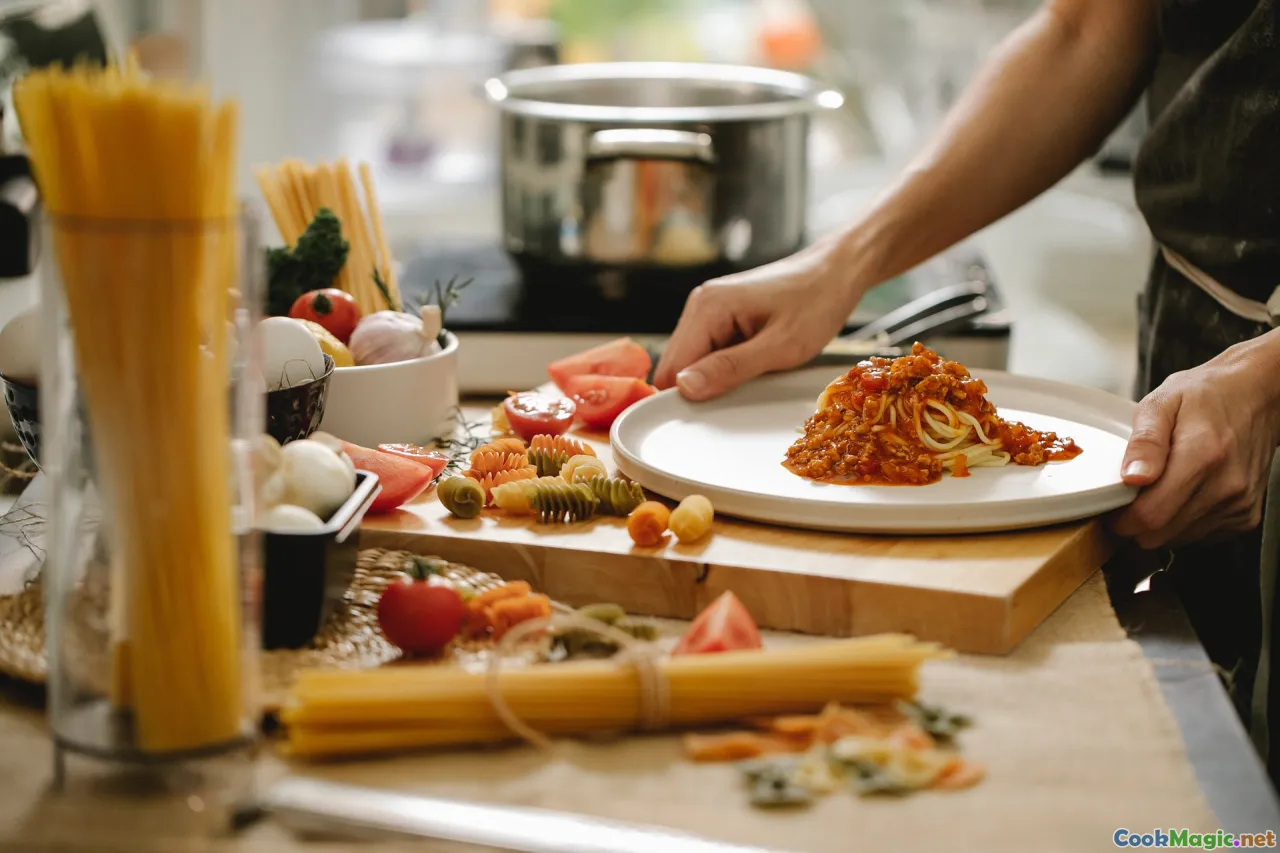
-
Quick table sauce for everything: Whisk 2 tablespoons aji amarillo paste with 2 tablespoons mayonnaise, 1 tablespoon lime juice, 1 teaspoon olive oil, a pinch of salt, and a handful of chopped cilantro stems. Thin with water to drizzling consistency. Spoon over grilled corn, roast chicken, or a pile of avocado slices. The cilantro stems keep the herb note bright without taking over.
-
Warm potato salad with sunny dressing: Toss steamed yellow potatoes, blanched green beans, and wedges of hard-boiled egg with a dressing of 1 tablespoon aji amarillo paste, 2 tablespoons olive oil, 1 tablespoon red wine vinegar, 1 teaspoon Dijon mustard, and thinly sliced scallions. Sprinkle with queso fresco and black olives. Eat while the potatoes are still exhaling steam.
-
Aji amarillo butter for seafood: Mash 4 tablespoons softened butter with 1 teaspoon aji amarillo paste, zest of half a lime, and a pinch of smoked salt. Chill into a log. Slice and melt over grilled shrimp or seared scallops. The butter glows like a lighthouse.
-
Sunday roasted carrots with yogurt: Roast thick carrots brushed with olive oil and honey until caramelized. Stir together Greek-style yogurt with 1 to 2 teaspoons aji amarillo paste, grated garlic, and a squeeze of lemon. Swirl the yogurt on a plate, tumble the carrots on top, add toasted pepitas and dill. Heat meets sweetness in an embrace.
-
Marinade for grill nights: Combine 2 tablespoons aji amarillo paste, 1 tablespoon aji panca paste, 2 tablespoons soy sauce, 1 tablespoon red wine vinegar, 3 grated garlic cloves, 1 teaspoon ground cumin, 1 teaspoon oregano, and 2 tablespoons neutral oil. Toss with chicken thighs and marinate at least 4 hours. Grill over medium-high heat, brush with extra marinade during the last minutes. The caramelization will smell like summer.
Deep dive: huancaína, ocopa, and the alchemy of dairy
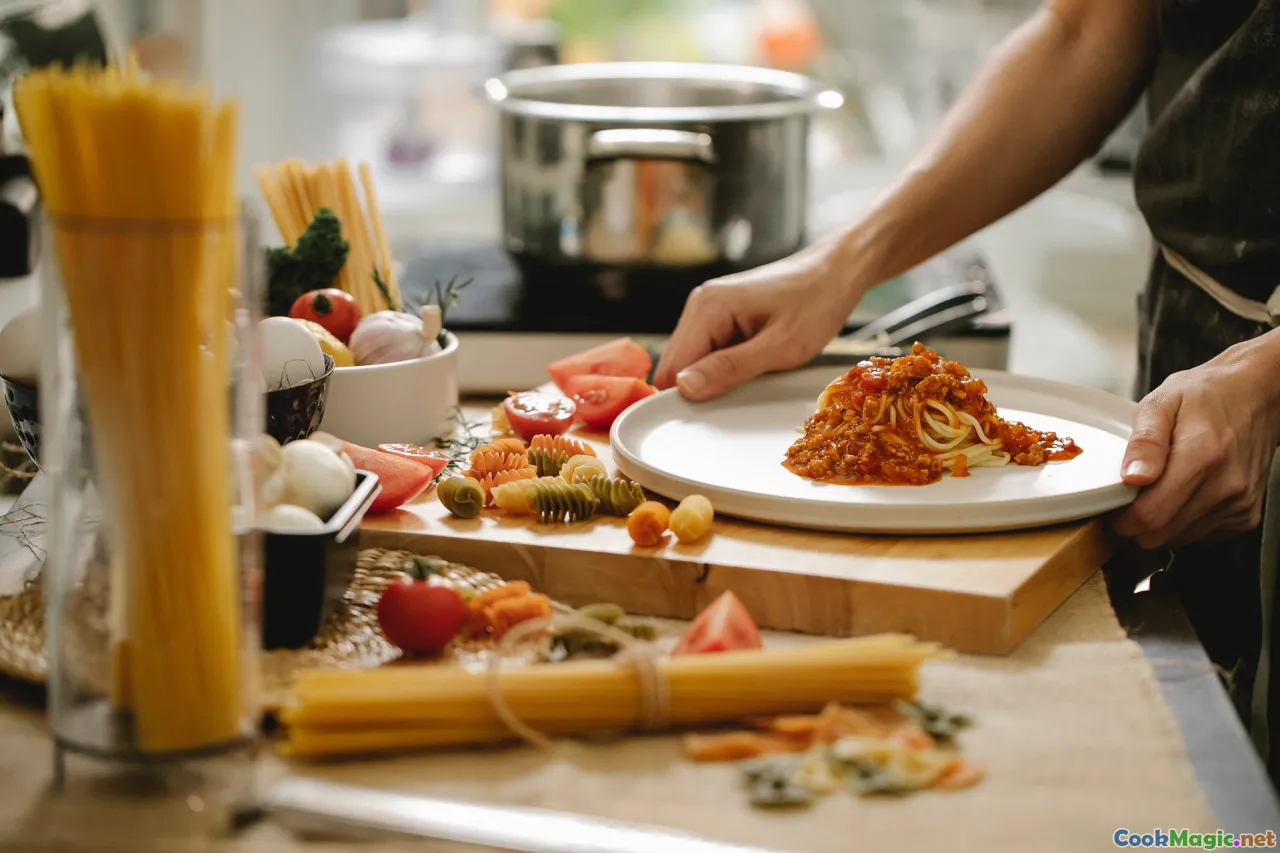
Peru has a way of pairing heat with cream in ways that do not blunt but carry flavor. Two cousins prove the point: huancaína and ocopa.
Huancaína sauce, often draped over steamed potatoes as papa a la huancaína, blends aji amarillo paste with queso fresco, evaporated milk, saltine or soda crackers, garlic, and oil. The result is a loose cream the color of an afternoon yolk, with a texture that coats like velvet. The crackers thicken, the cheese adds gentle tang, and the evaporated milk lays down a malty sweetness that echoes the pepper’s fruit.
Ocopa, from Arequipa, shifts the balance. Instead of crackers, you toast peanuts. You add huacatay, the Andean herb sometimes called black mint, which tastes like basil’s serious older cousin with a hint of anise. The sauce is greener, nuttier, and the aji amarillo plays a lusher role, warming rather than leading.
How dairy tames and carries heat: Capsaicin loves fat. In both sauces, fat from dairy and nuts lifts the pepper’s aromatic compounds, diffusing heat across the palate. Instead of sharp spikes, you feel a rolling warmth that lets you taste more detail. For cooks, this means aji amarillo paste will always do something special when it meets milk, cheese, or yogurt. The secret is emulsification: blending long enough to trap pepper oil in a milk matrix. The practical trick is to drizzle in the oil while blending so the sauce turns glossy rather than grainy.
Pro tip from a cook in Barranco: add one cube of ice while blending huancaína sauce. It tightens the emulsion, chills the blade, and produces a silkier texture.
Nikkei brightness: aji amarillo in ceviche and tiradito

In Lima’s Nikkei kitchens, the sonic boom of lime and fish meets the melodic line of aji amarillo. While aji limo often brings the heat in classic ceviche, aji amarillo paste adds color and roundness that sits politely next to raw fish’s delicacy.
Leche de tigre, the cure for raw fish and late nights, can wear a golden hue. Blitz fish trimmings with lime juice, a splash of fish stock, ice cubes to keep it frosty, celery, ginger, and 1 teaspoon aji amarillo paste. Strain. The result is citric electricity softened by the pepper’s fruit. Toss with firm white fish, red onion slivers rinsed and shocked, cilantro, and sweet potato on the side. If you spoon that golden leche over the fish while it shivers in the bowl, you will understand why Peruvian lunch crowds lean forward when ceviche lands.
Tiradito offers a different lens: the fish is sliced like sashimi and sauced rather than marinated. Aji amarillo takes a more front-row role here, folded into a creamy dressing with lime and a hint of mirin, perhaps a drop of dashi. At La Mar in Miraflores, I watched a cook swipe a yellow stripe across a plate before laying down translucent slices of corvina. The tasting note was sunlight over saltwater.
The heat science: fat, acid, salt, sweet
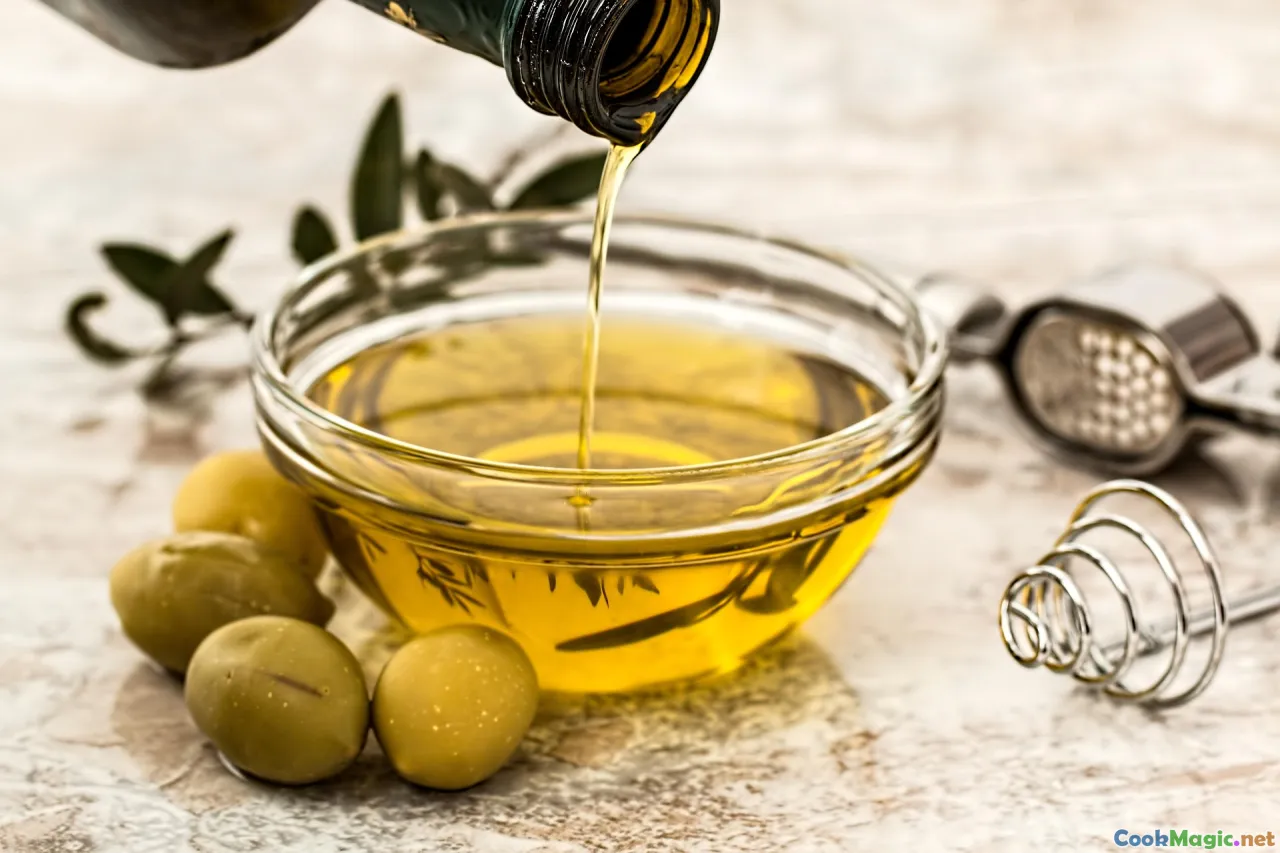
To build flavor with aji amarillo paste with a professional’s precision, think in a matrix:
-
Fat: Capsaicin is fat-soluble. Bloom paste in oil to round the edges. Butter, olive oil, and even rendered chicken fat amplify complexity. A small amount of oil in a vinaigrette will carry the pepper across greens evenly.
-
Acid: Lime, vinegar, and tomatoes lift and lengthen the pepper’s high notes. Acid tightens structures and sharpens aroma. If a sauce feels heavy, a quarter teaspoon of lime zest, not just juice, can add perfumed lift that harmonizes with aji amarillo’s fruit.
-
Salt: Salt is a focusing lens. Aji amarillo can taste muddled without enough salt; it will seem louder and clearer when properly seasoned. In creamy sauces, consider a blend of salt and a crumb of salty cheese to add umami.
-
Sweet: Natural sweetness in onions, corn, squash, and sweet potatoes balances heat without making sauces sugary. A single teaspoon of honey in a grilled chicken glaze can prevent the pepper from feeling austere.
-
Heat management: Removing ribs and seeds reduces punch, but paste heat can vary by batch. Build in checkpoints. Stir in half the paste you think you need, taste after blooming, then add more. Train your palate to look for the moment when fruit and fire are aligned.
-
Texture: Aji amarillo paste can split if added too fast to a cold emulsion. Temper first by whisking it with a spoonful of warm liquid from your dish, then fold back in. For soups, whisk into a ladle of broth before swirling into the pot.
Pairings: what loves aji amarillo

-
Potatoes, all shapes: Peruvian yellow potatoes are a natural, but any waxy potato drinks the sauce gladly. Try smashed potatoes glazed with aji amarillo butter and chives.
-
Poultry: Roast chicken with aji amarillo in the marinade takes on a honeyed crust and keeps juices bright. Turkey breasts escape blandness with a yellow pepper pan sauce.
-
Seafood: Firm white fish, scallops, and shrimp benefit from the pepper’s fruit. Mussels steamed with white wine, garlic, and a teaspoon of paste feel like a seaside lunch in Chorrillos.
-
Corn: Grilled corn brushed with aji amarillo mayo and dusted with grated cotija crosses borders without apology.
-
Eggs: Scramble eggs in olive oil, then swirl in a dab of paste and a handful of queso fresco. The kitchen smells like brunch in a sunlit apartment.
-
Vegetables: Cauliflower roasted until it blushes at the edges loves a final toss with aji amarillo tahini. Squash soup finds a counterpoint in a yellow swirl.
-
Grains and legumes: Quinoa pilaf with diced red onion, parsley, and a dressing of aji amarillo, lemon, and olive oil. Lentils simmered with a base of aderezo and finished with a squeeze of lime.
-
Drinks: Pisco sours and chicha morada both work: one mirrors lime brightness, the other offers purple sweetness that soothes heat.
Substitutions when you cannot find it
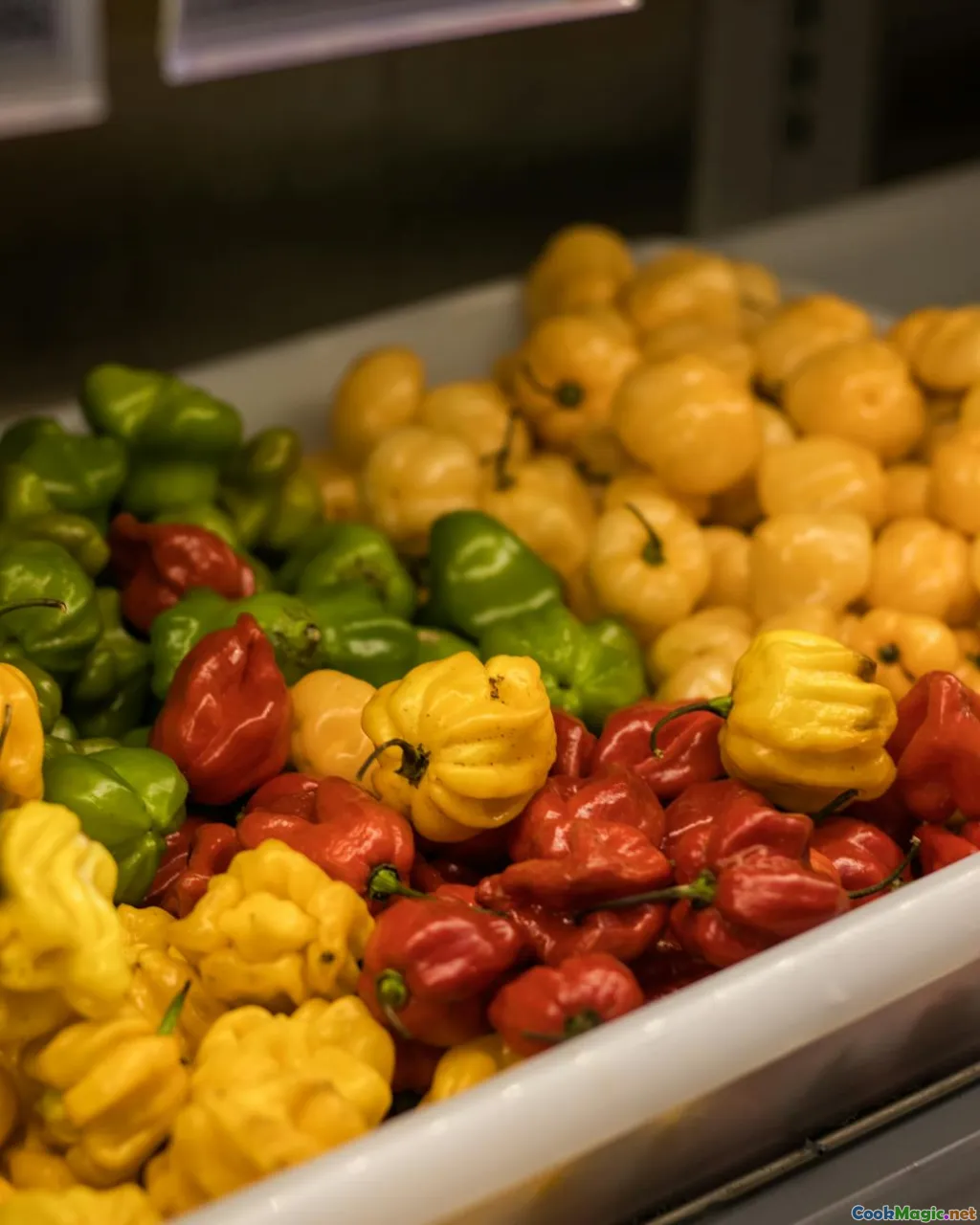
Nothing truly replaces aji amarillo, but you can chase its profile with precision when markets fail you.
-
Habanero plus carrot trick: Seed one orange habanero and simmer it with 1 chopped carrot and a slice of onion until soft. Blend with 2 teaspoons neutral oil and a pinch of salt. The carrot tames habanero’s floral bite and adds body and color. Use at half the quantity of aji amarillo paste, then adjust.
-
Serrano plus yellow bell pepper plus peach: Blend 1 seeded serrano, half a yellow bell pepper, 2 tablespoons canned peach in juice (drained), a pinch of cumin, and 1 teaspoon oil. This leans fruity without sweetness and approximates the sunny character.
-
Aji mirasol paste: For depth rather than zing, rehydrate dried aji mirasol with hot water, blend with oil and salt. Expect more caramel and less sparkle. Use as a base and add lime zest to brighten.
-
Commercial paste hack: Mix a milder aji amarillo paste with a touch of habanero sauce to reanimate lackluster jars. Aim for 10 parts yellow paste to 1 part habanero sauce; whisk in a squeeze of lime.
Pantry, storage, and safety

Aji amarillo paste belongs on the same shelf as mustard: a permanent resident. Treat it well and it will behave.
-
Label: Paste heats vary. Date and annotate jars with hot, medium, or mellow based on a quick taste. Your future self will thank you.
-
Storage: Refrigerate homemade paste up to 2 weeks. Keep the surface covered with a thin layer of oil or plastic wrap pressed directly on top to reduce oxidation. Freeze in spoonful portions in silicone trays; pop and bag.
-
Clean utensils: Dip with clean spoons. Contaminated paste grows off flavors. In busy service, pour paste into squeeze bottles and refill often rather than dipping into the mother jar.
-
Heat safety: When blending hot paste, vent the blender lid and cover with a towel to avoid pressure build-up. Steam is real.
-
Cross-contact: If cooking for guests with capsaicin sensitivity, keep paste separate and add at the end to individual portions. Offer dairy alongside as an extinguisher.
Voices from the Andes: stories of memory and migration

Aji amarillo travels in suitcases. I have seen it cradled between sweaters in jars wrapped like newborns, smuggled in ice packs across oceans to kitchens that miss home. A Peruvian friend who moved to Madrid tells me she keeps a spoonful of paste in a small bowl near her stovetop like a talisman. She cracks an egg, adds a dab, fries it in olive oil, and suddenly breakfast smells like a Lima apartment where she listened to cumbia from the neighbor’s radio.
In the town of Huancayo, an aunt showed me how she makes huancaína on market days. She chooses potatoes like she is choosing grapes, tests them with her thumb for starchiness, and boils them until a fork sighs through. Her blender sits on a stool by the window to catch the breeze. She adds aji amarillo paste with a seriousness that makes me straighten my back. Then she smiles and tells me, more is for family.
Culinary migration reshapes ingredients but does not erase them. In New York, I tasted aji amarillo folded into a Colombian arepa with mozzarella, both melting into a pool of heat and milk. In São Paulo, a Nikkei chef brushed it on grilled octopus like a lacquer and set it on a bed of farofa. The pepper knows how to live in many places.
Two complete recipes to cook this week

Aji de gallina, weeknight method Serves 4
Ingredients
- 2 chicken breasts or 3 thighs, poached and shredded (reserve 2 cups poaching liquid)
- 2 tablespoons neutral oil
- 1 medium red onion, finely diced
- 3 cloves garlic, minced
- 2 tablespoons aji amarillo paste (adjust to heat preference)
- 1 teaspoon ground cumin
- 1 teaspoon black pepper
- 2 slices day-old country bread, crusts removed, torn
- 1 cup evaporated milk, warmed
- 60 g grated parmesan or crumbled queso fresco (traditionalists often choose queso fresco; parmesan adds umami)
- 1 tablespoon chopped walnuts or pecans (optional, for texture)
- Salt to taste
- To serve: steamed potatoes, white rice, hard-boiled eggs, black olives, chopped parsley
Method
- Make an aderezo: warm oil in a wide saucepan. Cook onion with a pinch of salt over medium-low heat until translucent and sweet, about 12 minutes. Add garlic and cook 1 minute.
- Bloom aji amarillo paste in the pan for 2 to 3 minutes until aromatic. Stir in cumin and black pepper.
- Soak bread in warm evaporated milk for 5 minutes, then blend until smooth. Add this cream to the pan, stirring to form a thick sauce. Thin with reserved poaching liquid, a half cup at a time, until the sauce is velvety and nappe-thick.
- Fold in shredded chicken, cheese, and nuts if using. Simmer gently 5 minutes, stirring, until the flavors marry. Salt to taste.
- Serve over steamed potatoes with white rice on the side. Garnish with egg wedges, olives, and parsley. The sauce should glow and cling.
Peruvian-style roast chicken with yellow pepper pan sauce Serves 4
Ingredients
- 1 whole chicken, 1.6 to 1.8 kg, spatchcocked
- 2 tablespoons aji amarillo paste
- 1 tablespoon aji panca paste
- 2 tablespoons soy sauce
- 1 tablespoon white vinegar
- 4 cloves garlic, grated
- 2 teaspoons ground cumin
- 1 teaspoon dried oregano
- 1 teaspoon black pepper
- 2 tablespoons neutral oil
- 1 teaspoon salt, plus more
- 1 lemon
- For the pan sauce: 1 small shallot minced, 1 tablespoon aji amarillo paste, 1 tablespoon butter, 120 ml chicken stock, 60 ml dry white wine, salt
Method
- Mix pastes, soy, vinegar, garlic, cumin, oregano, pepper, oil, and salt into a loose paste. Rub all over chicken, getting under the skin where possible. Marinate at least 4 hours or overnight.
- Heat oven to 220 C. Roast chicken on a rack over a bed of thick-cut onions for 40 to 50 minutes until juices run clear and skin is lacquered. Rest 10 minutes.
- Make the pan sauce: pour off excess fat, leaving about 1 tablespoon and the roasted onion fond. Sauté shallot for 1 minute. Add aji amarillo paste and bloom 30 seconds. Deglaze with wine, reduce by half, then add stock. Simmer until slightly thick. Off heat, whisk in butter and a squeeze of lemon. Salt to taste. Spoon over carved chicken. The sauce will be glossy and golden.
Serve with fries and a simple salad, plus that quick table sauce from earlier. Roast chicken sings in yellow.
Beyond Peru: cross-regional ideas
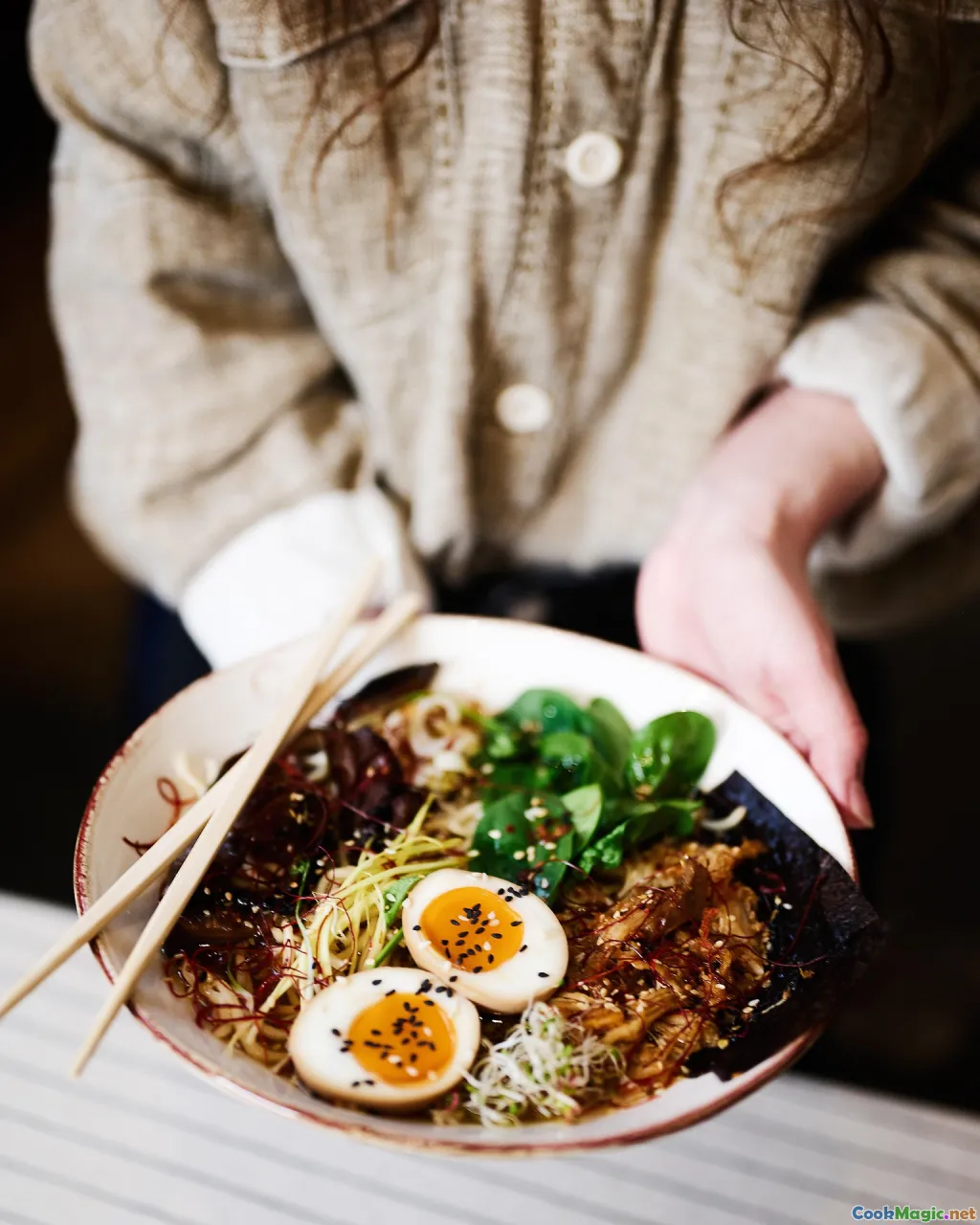
Aji amarillo belongs to Peru, but its talents roam.
-
Mexican-Peruvian tacos: Brush grilled fish with aji amarillo butter, tuck into warm corn tortillas with shaved cabbage, avocado, and a drizzle of lime crema. Fresno chile slices add a red counterpoint.
-
Nikkei ramen: Swirl a teaspoon of aji amarillo paste into a chicken shoyu broth with corn, butter, and scallions. The pepper’s fruitiness plays surprisingly well with dashi’s umami.
-
Empanadas with yellow note: Mix a spoon of paste into a chicken and olive filling for baked empanadas. Serve with a cilantro-lime dipping yogurt.
-
Caribbean roast squash: Toss wedges of kabocha with coconut milk, aji amarillo paste, and brown sugar. Roast until the edges caramelize. Finish with lime and toasted coconut. It tastes like late afternoon on a porch.
-
Argentinean asado side: Fold aji amarillo into chimichurri at a low dose, where it adds color and lifts the green. Spoon over skirt steak.
-
Brazilian moqueca with gold: Add a teaspoon or two to a tomato-coconut milk base with dendê oil; the stew goes tropical sunrise.
Tips from service: making the paste work under pressure
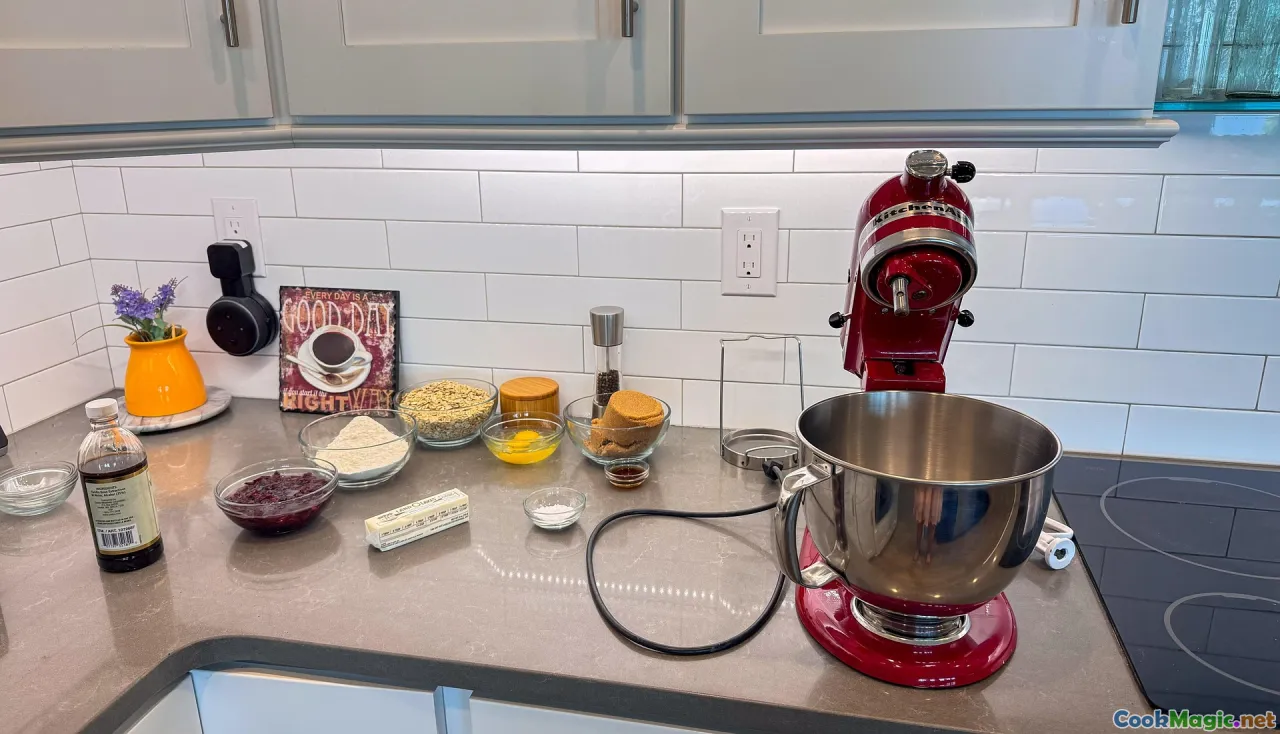
-
Keep paste in squeeze bottles thinned with a touch of oil for fast, even drizzles. Label heat level.
-
Train the eye: aim for the moment when oil turns a deep marigold after blooming the paste but before any browning. That is your cue to add liquids.
-
Layer, do not dump: building flavor is about staging. Paste first with aromatics, then acids, then herbs off heat. Cilantro and parsley lose too much brightness if cooked in the paste for long.
-
Taste with starch: dip a boiled potato or a spoon of cooked rice into sauces while you adjust. Starch reveals seasoning gaps that a plain spoon taste hides.
-
Balance bitterness: if your onions got aggressive, a small nub of butter and a half-teaspoon of honey will pull them back, letting the pepper shine.
A cook’s notebook: three micro-techniques that pay off
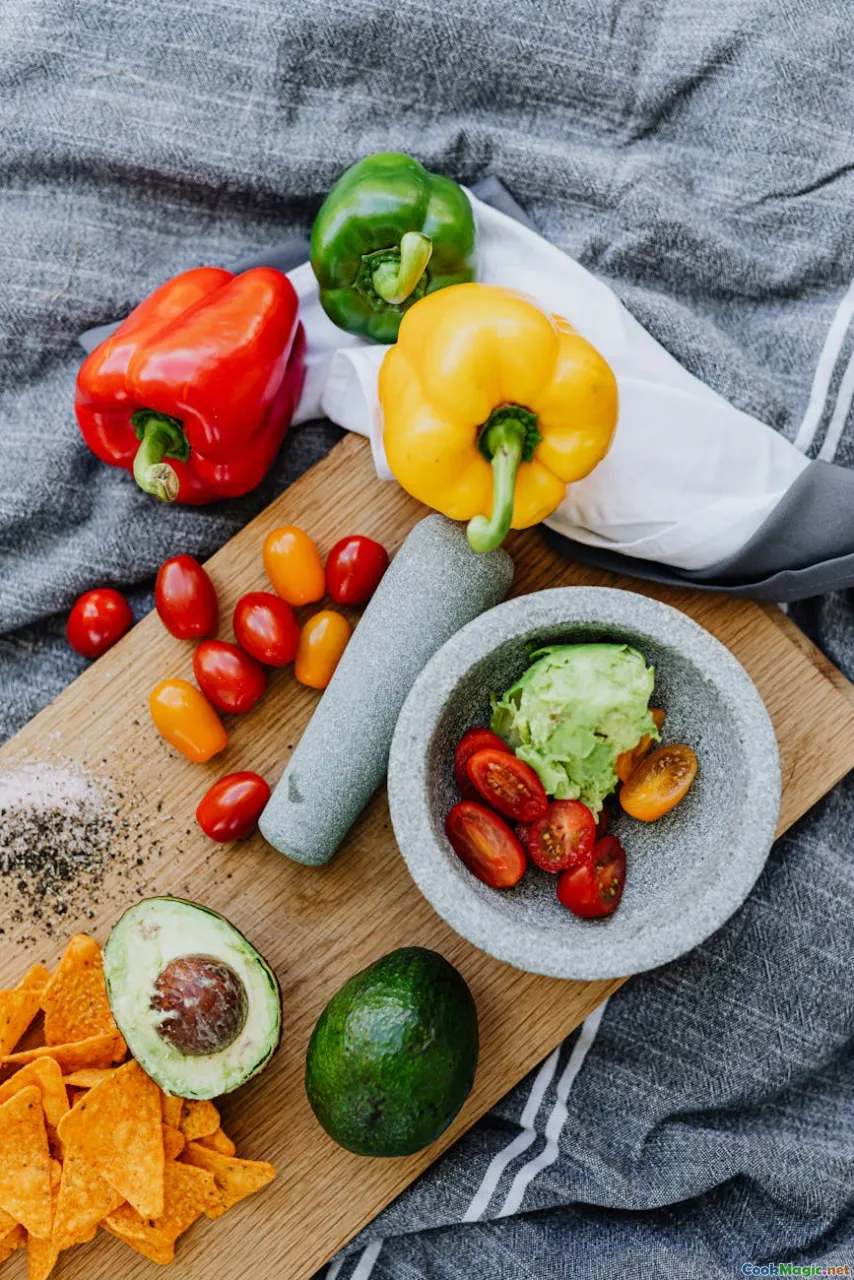
-
Lime zest over lime juice: zest carries aromatic oils that mirror aji amarillo’s fruit. A pinch of zest in a sauce offers lift without harsh acid.
-
Toasted cumin, not raw: drop cumin seeds into hot oil for 15 seconds before adding paste. The cumin perfume rises and knits with the pepper’s warmth. Ground cumin works too, but seed-to-oil contact sings louder.
-
Garlic blanching: if you add raw garlic to aji amarillo sauces and they taste harsh, blanch the cloves for 1 minute. The heat reins in sulfur without flattening character.
The long view: farming, terroir, and flavor

Aji amarillo plants grow leggy in sun, with yellow blossoms that feel like promises. In coastal valleys like Cañete and in highland terraces near Cusco, farmers raise peppers that taste a little different because of soil, altitude, and the hands that tend them. Some peppers wear thicker walls and heavier perfume; others lean slender and hot. Frozen peppers often come from small farms where harvests are flash-frozen whole. Dried mirasol pods bask in real sun; the name itself means looked at by the sun.
Terroir talk is not just wine snobbery. If you cook from multiple jars or crops, you will notice differences. The way forward is to standardize your own paste: blend peppers from the same batch, label the jar, and adjust recipes to that jar’s identity. Chefs in Lima do this as a matter of course. They taste every morning. The paste sets the tone for the day.
A small lexicon of related chiles
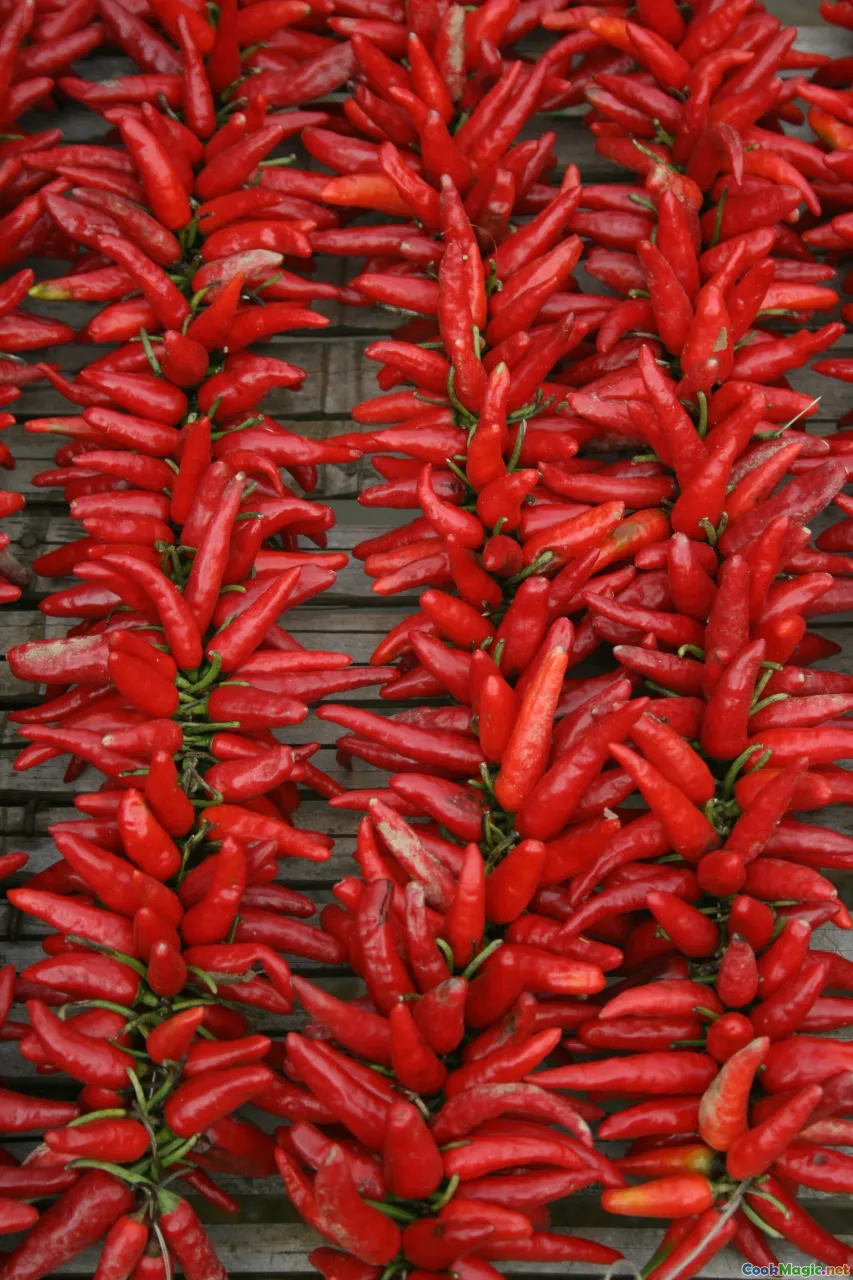
-
Aji panca: mild, deep red-brown, with pruney sweetness. Often used alongside aji amarillo for bass notes. Think marinades and stews.
-
Rocoto: round, apple-shaped, seeds black as night. Hotter than aji amarillo, with crisp, green bite. Stuffed rocoto is a classic of Arequipa.
-
Aji limo: fiery, perfumed, perfect for ceviche. Brings a sharp, floral spark compared to aji amarillo’s fruit.
-
Aji mirasol: dried aji amarillo, with sun-dried complexity and a warm, honeyed tone.
Knowing how they talk to each other lets you design sauces with the balance of a string quartet.
Where to buy and what to look for
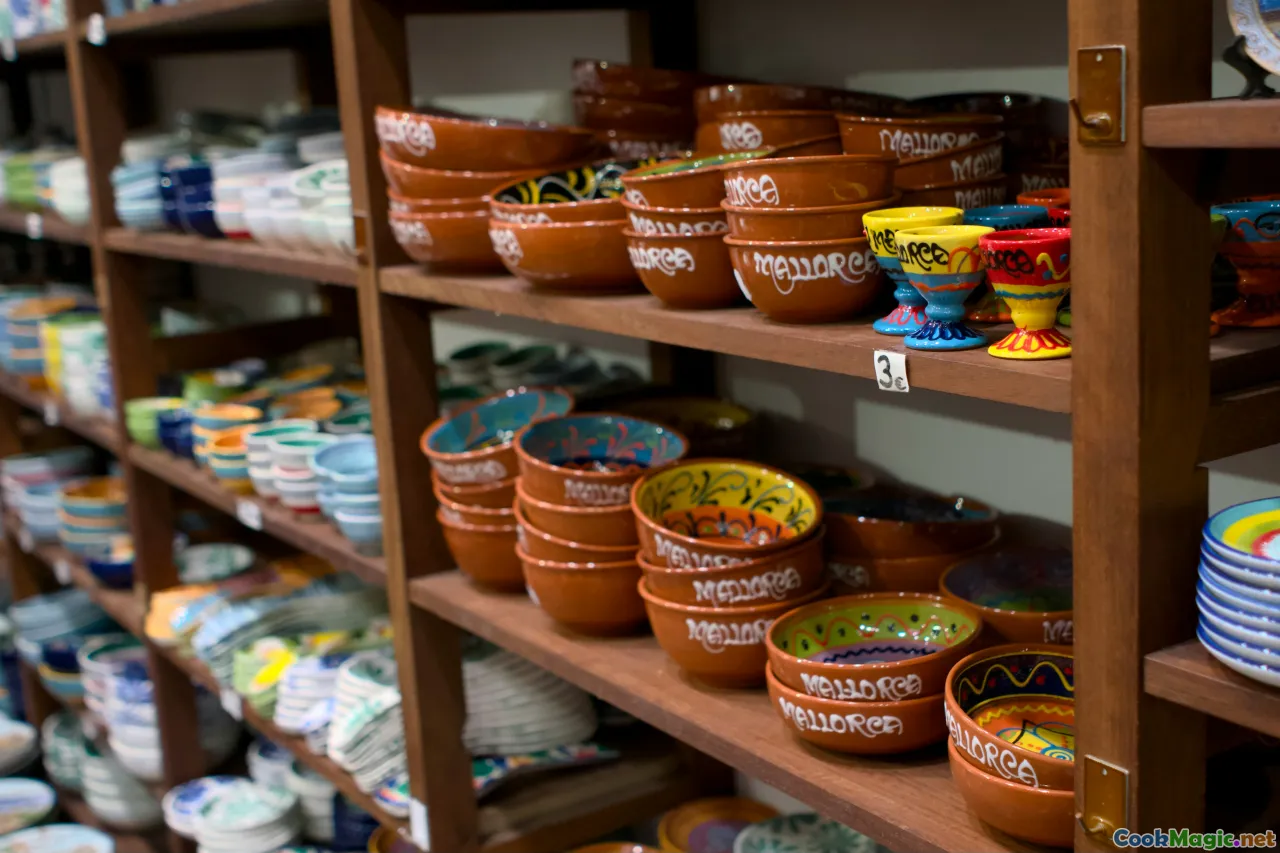
-
Latin American grocers: look for jars of aji amarillo pasta or crema. Brands like Doña Isabel and Inca’s Food are reliable. Check salt content on the label; some jars act as seasoning.
-
Freezer section: whole frozen peppers are gold. The flavor is close to fresh, and you can make paste any time.
-
Online: Latin specialty sites and even general retailers carry paste. Search for aji amarillo paste and aji mirasol.
-
Fresh: in late summer, some farmers in the US and Europe grow baccatum peppers. They might not be labeled aji amarillo, but if you find long yellow-orange baccatum pods, buy them. Taste one; if it sings stone fruit, you are close enough to dance.
A final sensory check: when you crack open a jar, it should smell like sunshine and fruit, not vinegar and metal. The color should be vivid, not dull mustard. If the paste tastes flat, rescue it with a fresh squeeze of lime and a touch of oil.
The first time you spoon warm aderezo onto rice and it turns the grains the color of marigolds, you will understand why aji amarillo is a home cook’s secret handshake. It is a jar that opens doors. It is the taste of a place and a people who build flavor in generous strokes. Keep it near the stove. Let it teach you how to balance heat with joy, color with depth, speed with patience. And on some gray afternoon when dinner feels like a chore, let a spoon of yellow lift your pot and your mood. In that glow, you will find new ways to cook, and perhaps a bit of Peru in your kitchen.









